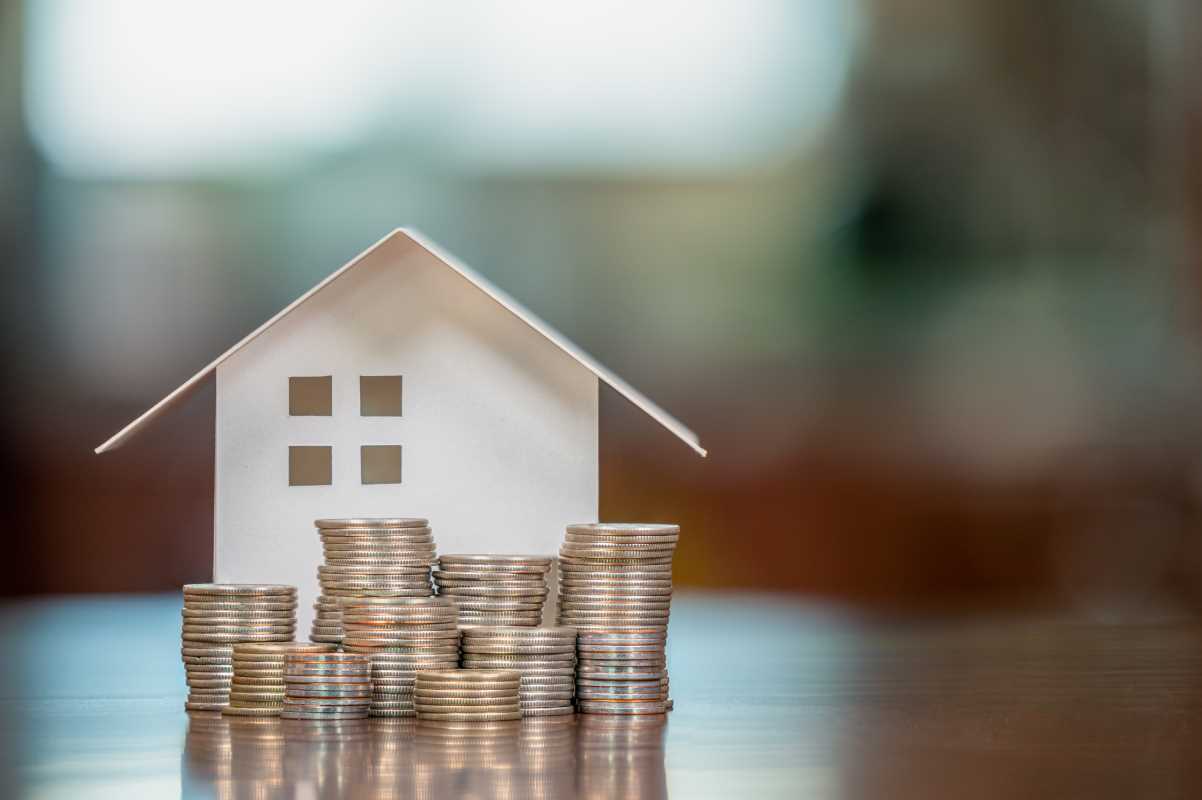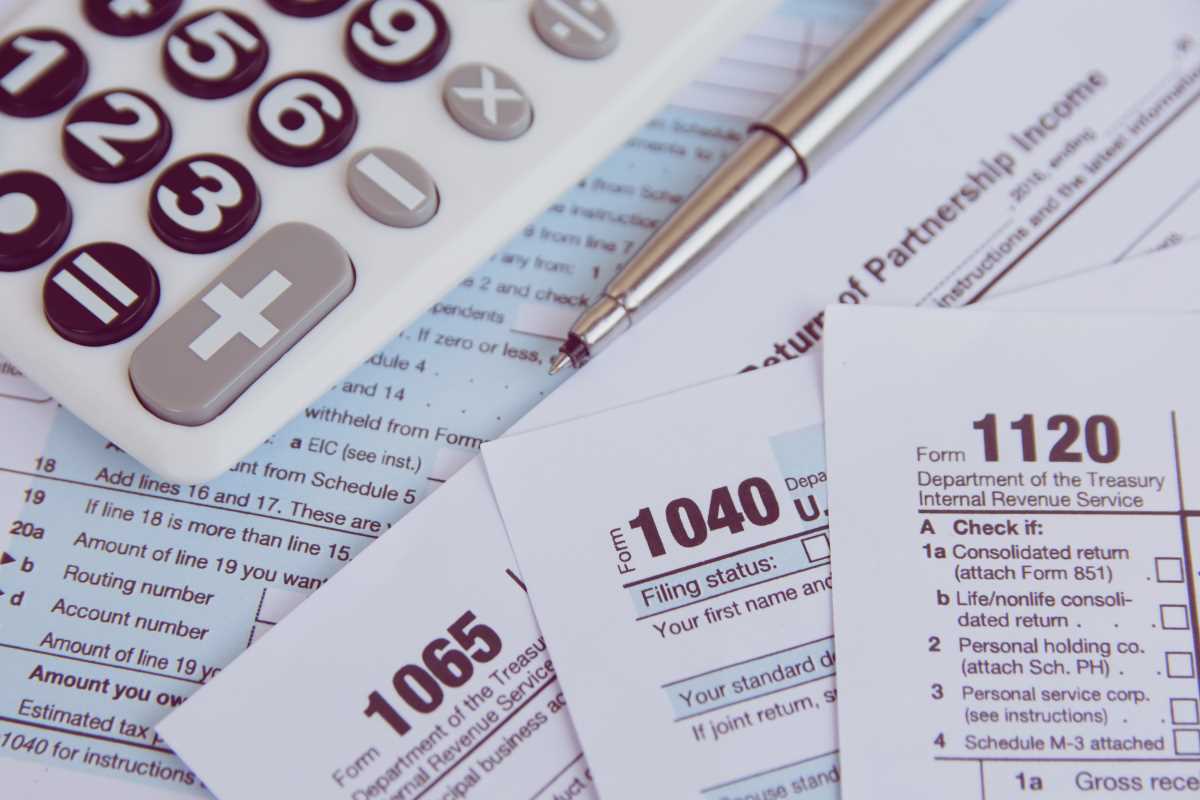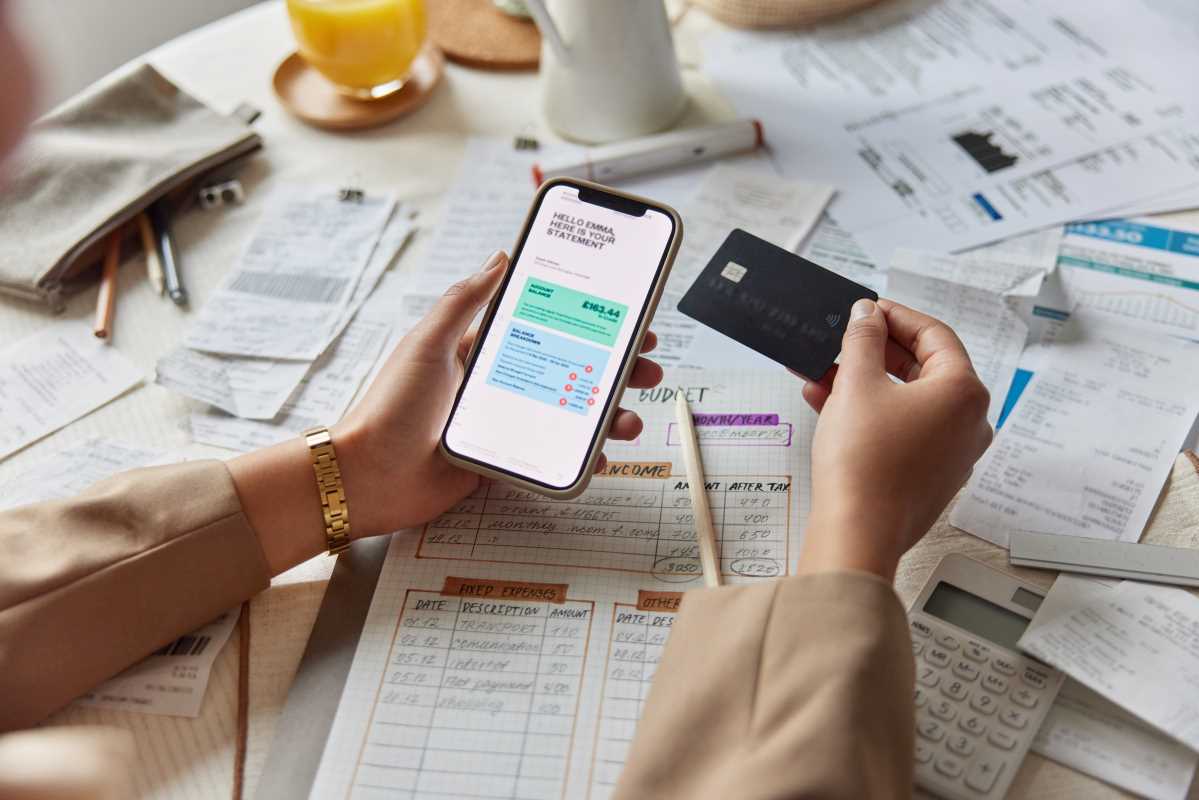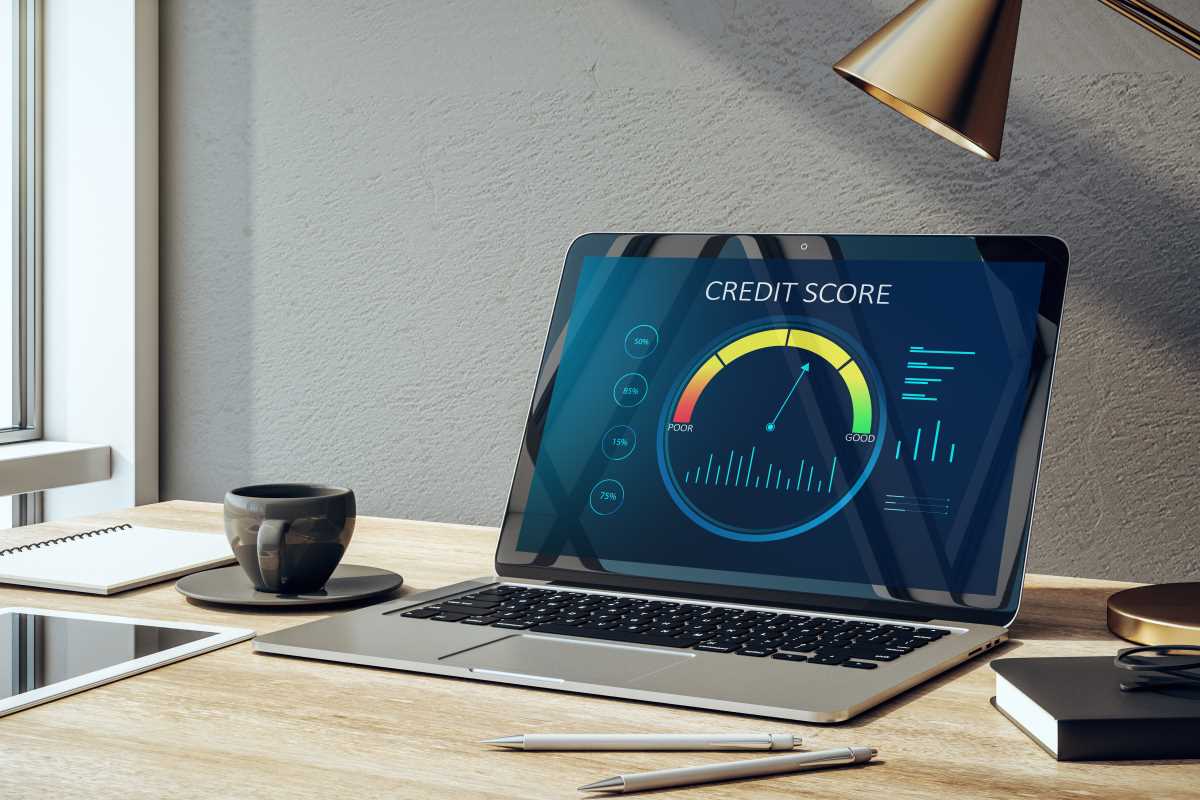Purchasing your first home is an exciting milestone, but it can also feel overwhelming without proper financial planning. Budgeting ensures you make informed decisions and avoid unnecessary financial stress. By creating a clear and realistic budget, you can navigate the home-buying process with confidence and set yourself up for long-term financial stability.
Effective budgeting helps you understand your financial limits, prioritize your spending, and prepare for unexpected expenses that may arise during the purchase and ownership of your new home. This guide will walk you through each step of the budgeting process, providing you with the tools and knowledge needed to make your dream of owning a home a reality.
Understanding Your Financial Situation
Before diving into the home-buying process, you need to have a clear understanding of your current financial standing. This involves assessing your income, expenses, debts, and savings to determine how much you can afford to spend on a home.
- Calculate your total monthly income, including salaries, bonuses, and any other sources of income.
- List all your monthly expenses, such as rent, utilities, groceries, transportation, and entertainment.
- Assess your outstanding debts, including credit card balances, student loans, and car loans, and understand how they impact your monthly budget.
- Evaluate your savings and emergency funds to determine how much you have available for a down payment and other upfront costs.
- Check your credit score, as it significantly determines your mortgage eligibility and interest rates.
Setting Realistic Goals
Establishing clear and achievable financial goals is a critical step in the budgeting process. These goals will guide your decisions and help you stay focused on what you want to achieve with your home purchase.
- Down Payment: Determine how much you can realistically save for a down payment, typically ranging from 3% to 20% of the home’s purchase price.
- Monthly Mortgage Payment: Decide on a comfortable amount for your monthly mortgage that fits within your budget without stretching your finances too thin.
- Closing Costs: Plan for additional expenses such as closing costs, which can include appraisal fees, title insurance, and attorney fees.
- Home Maintenance: Set aside funds for ongoing maintenance and unexpected repairs to keep your home in good condition.
- Future Financial Goals: Consider how purchasing a home fits into your broader financial plans, such as saving for retirement, education, or other major expenses.
Creating a Home Buying Budget for Your First Home
Creating a comprehensive home buying budget involves more than just knowing how much a house costs. It requires a detailed analysis of your financial capabilities and the various expenses associated with purchasing and owning a home.
Start by determining the maximum price you can afford based on your income, debts, and savings. Use mortgage calculators to estimate your monthly payments, including principal, interest, taxes, and insurance. Factor in additional costs such as utilities, property taxes, homeowners association (HOA) fees, and maintenance. By thoroughly evaluating these elements, you can establish a realistic budget that aligns with your financial situation and long-term goals.
Tracking Your Expenses
Keep a close eye on your spending to maintain your budget and stay on track towards your home-buying goals. Here are steps to effectively track your expenses:
- Set Up a Tracking System: Choose a method that works best for you, whether it’s using budgeting software, a spreadsheet, or a simple notebook.
- Record All Transactions: Make it a habit to log every expense, no matter how small, to get an accurate picture of where your money is going.
- Categorize Your Spending: Organize your expenses into categories such as housing, transportation, groceries, entertainment, and savings to identify areas where you can cut back.
- Review Regularly: At the end of each week or month, review your spending to ensure you’re staying within your budget and adjust as necessary.
- Identify Patterns: Look for recurring expenses or trends in your spending that can help you make informed decisions about where to reduce costs.
Adjusting Your Budget as Needed
Your financial situation and goals may change over time, so it's important to remain flexible and adjust your budget accordingly. Here are key areas to consider when making adjustments:
- Income Changes: If your income increases or decreases, update your budget to reflect the new amount and adjust your spending and savings goals accordingly.
- Expense Variations: Monitor any fluctuations in your regular expenses, such as utility bills or insurance premiums, and adjust your budget to accommodate these changes.
- Unexpected Costs: Set aside a contingency fund to cover unexpected expenses, such as medical bills or car repairs, without derailing your home-buying plans.
- Goal Refinement: Reevaluate your financial goals periodically to ensure they remain realistic and aligned with your current circumstances and priorities.
- Debt Management: As you pay down debts or take on new ones, adjust your budget to prioritize debt repayment and minimize interest costs.
By regularly reviewing and adjusting your budget, you can stay on course towards purchasing your first home while maintaining financial balance and security.
Budgeting effectively for your first home is a fundamental step in the home-buying journey. By understanding your financial situation, setting realistic goals, creating a detailed budget, tracking your expenses, and being willing to adjust as needed, you can make informed decisions leading to successful homeownership. Remember, a well-planned budget helps you afford your new home and sets the foundation for your financial future.







